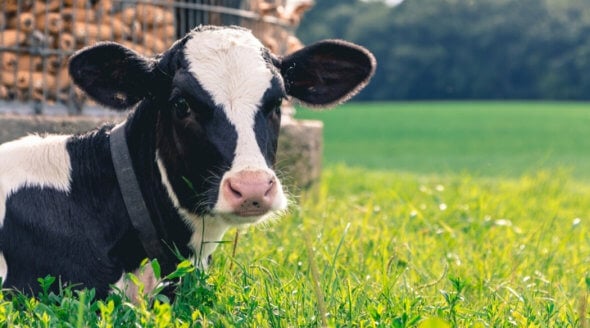The Cruel Cashmere Industry
Cashmere is made from the soft undercoat of goats who are cruelly abused and violently killed. Ninety per cent of all cashmere comes from China and Mongolia and the rest from countries like India, Iran, and Tibet. One goat produces, on average, only 250 grams of hair that can be used for cashmere each year. This is so little that in order to produce just one cashmere jacket, the hair of six goats is required.
Terrified Goats Held Down and Trodden On
A PETA Asia investigation into the cashmere industry in China and Mongolia revealed extreme cruelty to cashmere goats. The animals screamed in pain and fear as workers held them down and stepped on them, bending their legs into unnatural positions and tearing out their hair with sharp metal combs.
Goats left with bloody cuts from the hair-removal process received no pain relief or veterinary care. One worker simply poured rice wine into an animal’s wound.

Suffering in Extreme Temperatures
Workers typically comb or shear goats for cashmere once a year in the spring moulting season of April and May. According to one farmer, shearing is “very stressful” to the animals and robs them of natural insulation, leaving them vulnerable to cold temperatures and illness.

Goats Are Violently Killed When No Longer Profitable
Cashmere goats no longer deemed profitable endure slow, agonising deaths. At an abattoir in China, eyewitnesses saw workers hit animals in the head with a hammer in an attempt to stun them. In Mongolia, workers were seen dragging goats by one leg onto the abattoir floor before slitting their throats in full view of others. They were left to bleed out on the filthy kill floor, and some were seen still moving a full two minutes later. Their flesh is then sold as cheap meat.

Environmental Devastation
Cashmere also has the most destructive environmental impact of any animal-derived fibre. Because cashmere goats must consume 10% of their body weight in food each day and they eat the roots of grasses, which prevents regrowth, the industry is a significant contributor to soil degradation followed by desertification.
Already, 65% of Mongolia’s grasslands are degraded and 90% of the country is in danger of desertification, which has resulted in some of the world’s worst dust storms on record and air pollution dense enough to reach North America.

Vegan Cashmere
Luckily, a growing number of designers and retailers – from Crop, which makes luxurious bamboo knits, to Marks & Spencer, producer of the popular cashmilon™ range – are offering super-soft, warm vegan knitwear, which is kinder to animals and the environment.
What You Can Do
• The best thing that you can do for goats is to refuse to buy cashmere. It’s easy to check the label when you’re shopping. If it includes the word “cashmere”, leave the item on the shelf. Instead, opt for animal-free alternatives, like the ones on this list.
• Sheep, angora goats, rabbits, antelopes, alpacas, and other animals are victims of the fashion and soft-furnishings industries, too, so please also steer clear of wool, mohair, angora (from angora rabbits), and all other fibres that are stolen off animals’ backs.
• Share this page with your friends. Let everyone know about the cruelty behind cashmere jumpers.
• Please urge Madewell to drop cashmere immediately in favour of animal-friendly materials.

